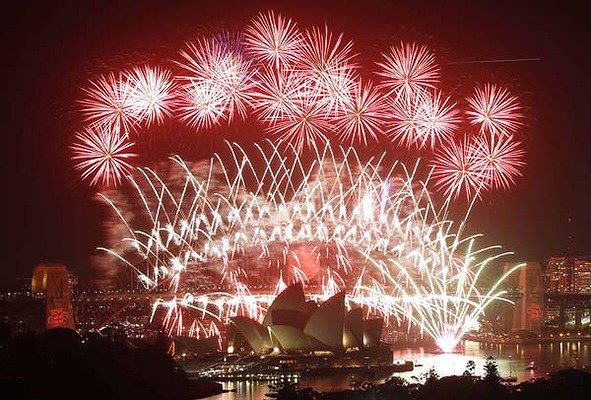
Welcome
David Burns is an environmental chemist with expertise in laboratory data audits, green chemistry, and industrial ecology. David is available to help business & professionals integrate sustainable supply chains and energy efficiency into service offerings. The following blog topics are intended to invoke awareness and/ or action in Going-Green. You are also invited to create a Free Whoisgreen business profile using the link above. David Burns is a NSC member of the Rocky Mountain Institute.

This is the year for individuals, business, and governments to adopt sustainable strategies that mesh economics and environmental practices, to achieve outcomes that are easier and cheaper. Read how I have meshed both financial and green strategies that prove Amory Lovins quote, 'if it exists, it must be possible'.
Back in 2009, I set up a series of Seven Steps to become sustainable. These Seven Steps have allowed me to create a better living environment, win a sustainable home design and garden award, and reduce living expenses. My 2010 results are -
Step 1. Landscapes that reflect natural environments with generous planting of native flora.
(2010 Review): Starting from a denuded landscape after clearing our old dwelling, non-native plants, and concrete driveways, we have created beautiful and healthy habitats supporting frogs, native birds, water dragons, dragon flies, native bees, and earth worms found throughout the garden. I am an absolute believer in the resilience of ecology and that it can return and do well if nature is given space, water, and sunshine. Our landscapes provide shading, privacy, and defines our home which adds value. At the end of 2010, we purchased 50 acres of timbered bushland on the Tasmanian Penissula to offset personal impacts and connect with nature.
Steps 2-3. Conserve space, water, & energy.
(2010 Review): We generate enough solar in kWh that equals our efficient energy demand and manage consumption and costs in real-time with our EMS. In summer, we consume $5 of electricty from the grid per day, and generate $14 of solar electricty to sell back to the grid, resulting in an actual payback of 10yrs compared to my projected payback of 5.8yrs (difference possibly from lower estimated demand and less solar generated then expected). More than 50% of our water consumption is derived from rain harvested from the roofspace and greywater collection. Our home is cooled by thermal mass, trees and large eaves that shade windows and walls, and natural breazes that are pulled through the living areas.
Step 4: Fuel efficient cars of reduced weight capable of <5L/100km, emit <120g CO2/km, and halve travel.
(2010 Review): At the end of 2009, I sold my beloved 2000 model ute. I chose a SMART Car as my new set of wheels, and have reduced annual travel from 15,000 km down to 7,400km. My SMART is half the weight of which 85% can be recycled, and has an engine that is 30% smaller relying upon less oil. Fuel efficiency averages just below 5L/100km.
Step 5: Communities that encourage people locally (2010 Review): We have setup a work from home office environment and use it whenever possible. We spend lots of time in our local area.
Step 6: Distribted Energy & Water (2010 Review): 6kW solar grid connect system, 20kL rainwater tanks, 2.6kL greywater treatment system.
Step 7: Conversion to a Service Economy (2010 Review): N/A
Year in review - our home is Energy & Water Efficient, Sustainable (Energy & Landscapes), with a future ambition to become Restorative and Zero Oil.
David Burns is a Sustainability Advisor and Analyst, www.sustain450.com.au
If you have a friend that you would like to share this with, then









